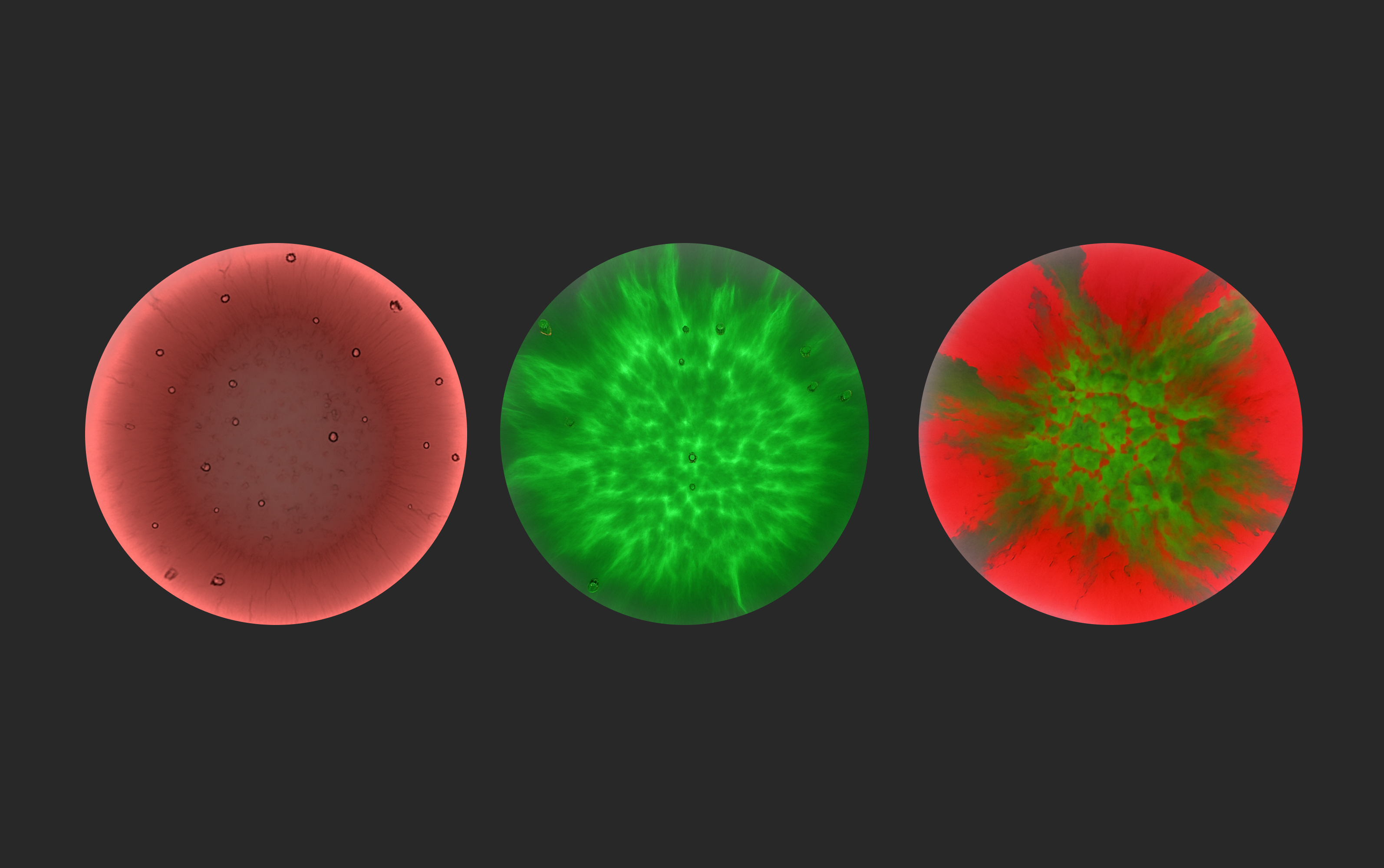Feature: High Speed Video + Tracking + Tail-bend Analysis



To understand the purpose and function of groups of neurons in the brain, scientists turn to a relatively new technique — optogenetics. Optogenetics researchers genetically modify neurons to respond to particular wavelengths of light, stimulate them, and observe the effects in a still-living organism, such as a zebrafish. Shining light on the genetically modified zebrafish in this video cause it to move its tail rapidly, suggesting the function of the stimulated neurons is related to movement. The Multi-Camera Array Microscope provides the ability to capture and analyze high-resolution, high-throughput optogenetic data for precise results.

Feature: High Speed Video + Tracking + Tail-bend Analysis

To understand the purpose and function of groups of neurons in the brain, scientists turn to a relatively new technique — optogenetics. Optogenetics researchers genetically modify neurons to respond to particular wavelengths of light, stimulate them, and observe the effects in a still-living organism, such as a zebrafish. Shining light on the genetically modified zebrafish in this video cause it to move its tail rapidly, suggesting the function of the stimulated neurons is related to movement. The Multi-Camera Array Microscope provides the ability to capture and analyze high-resolution, high-throughput optogenetic data for precise results.
.png)

